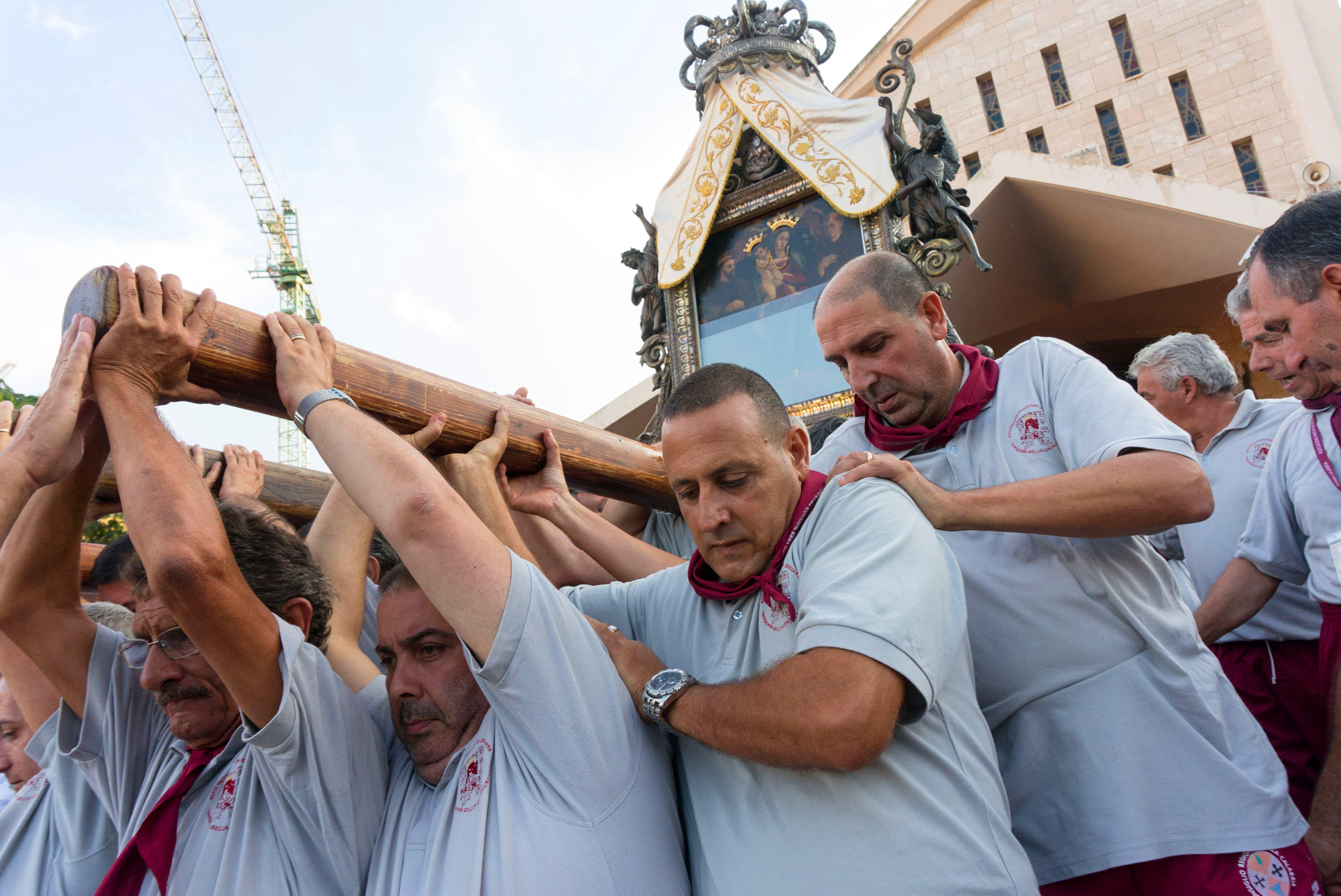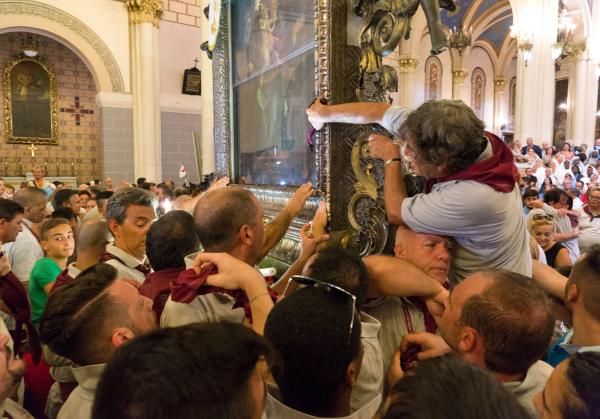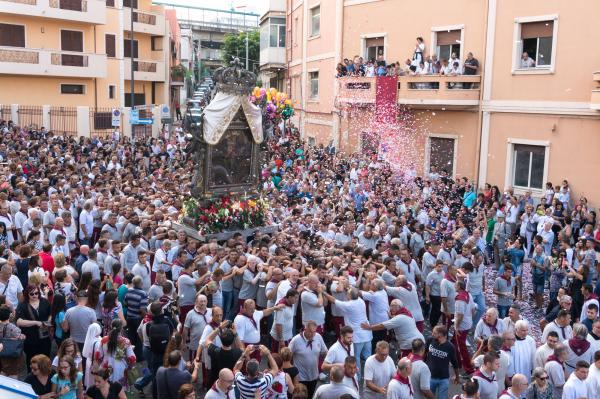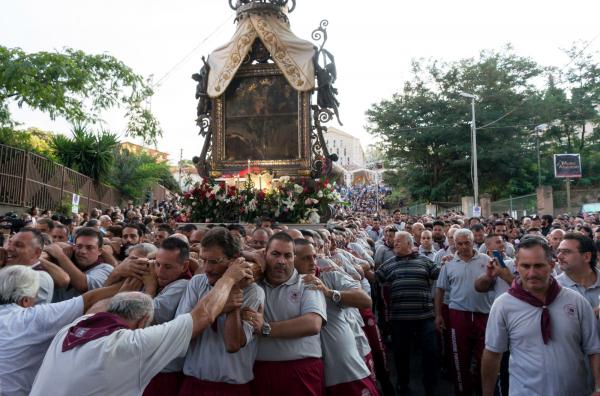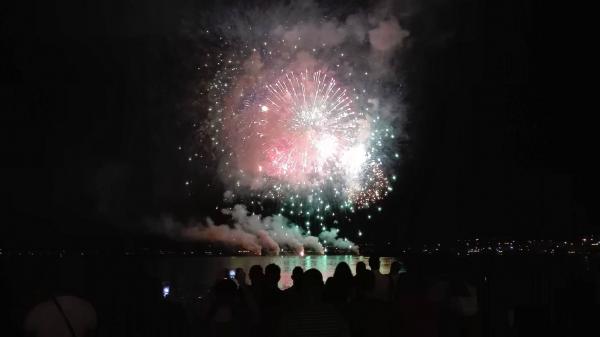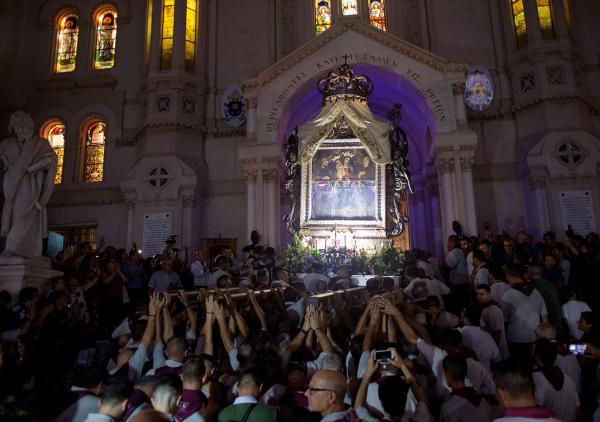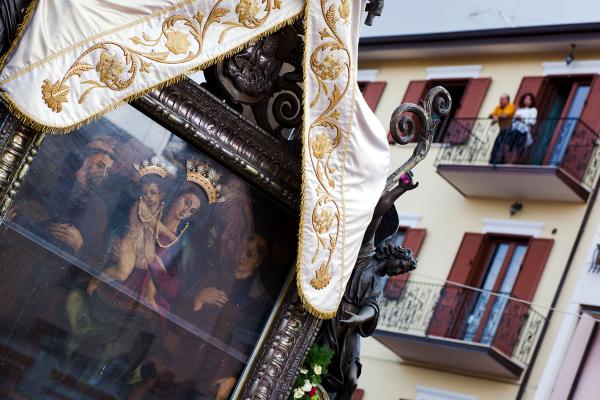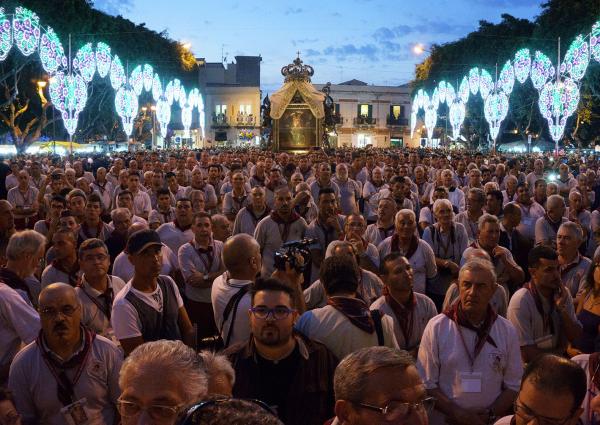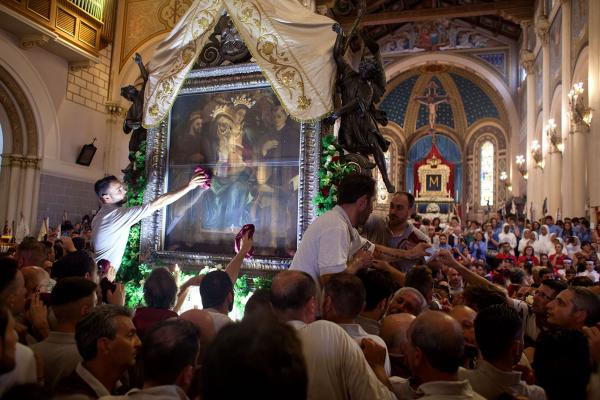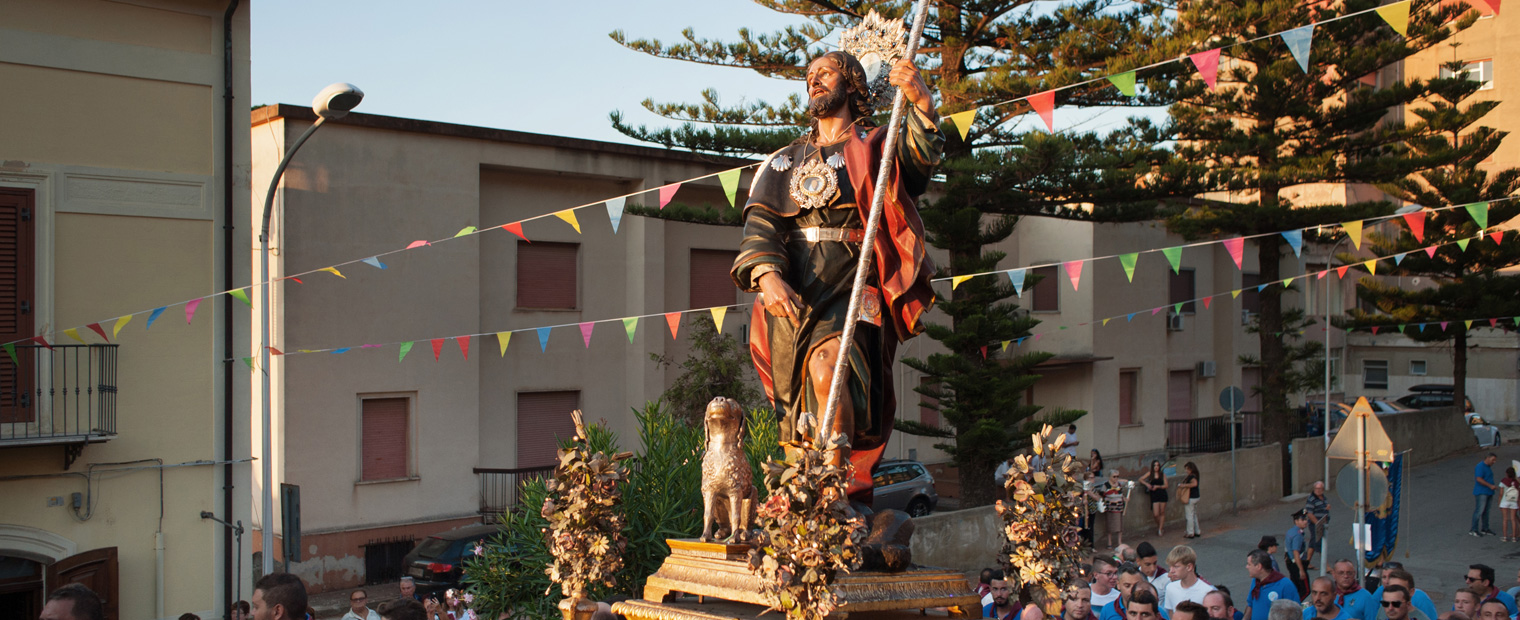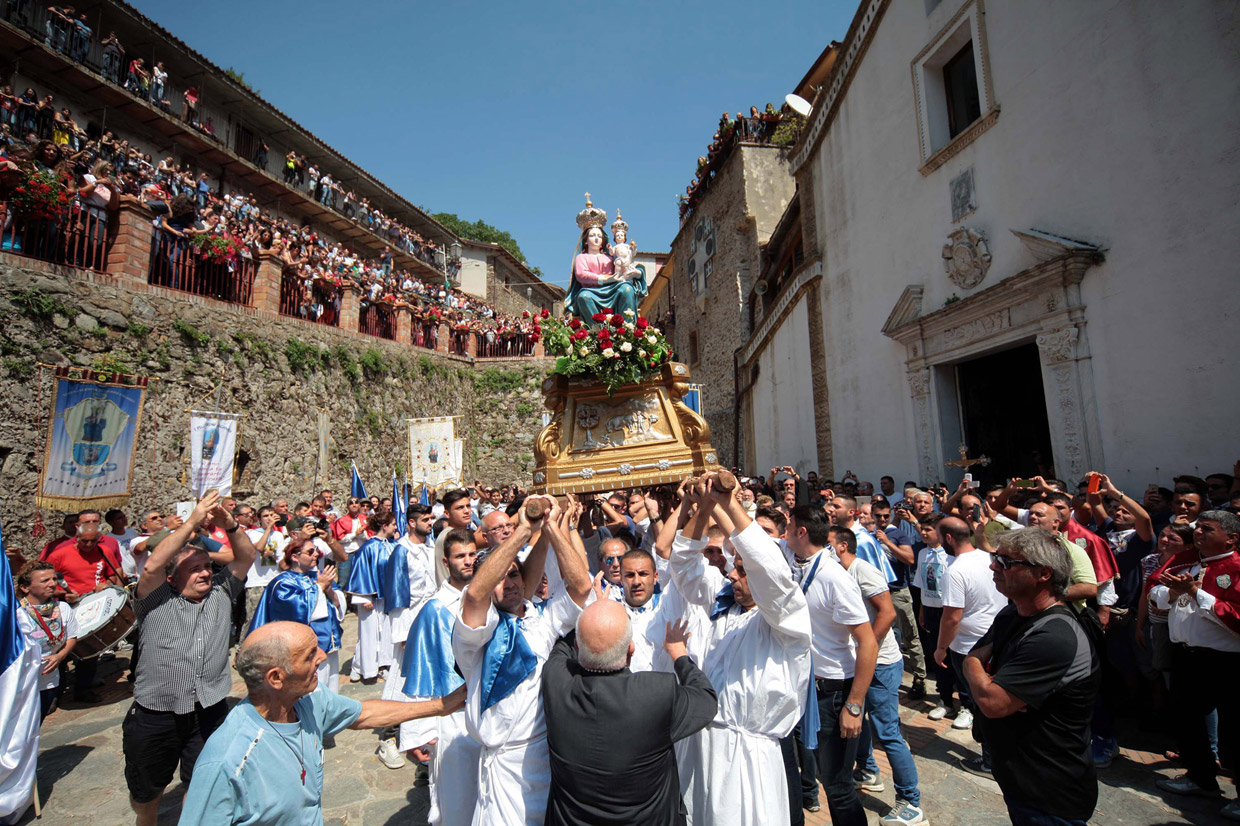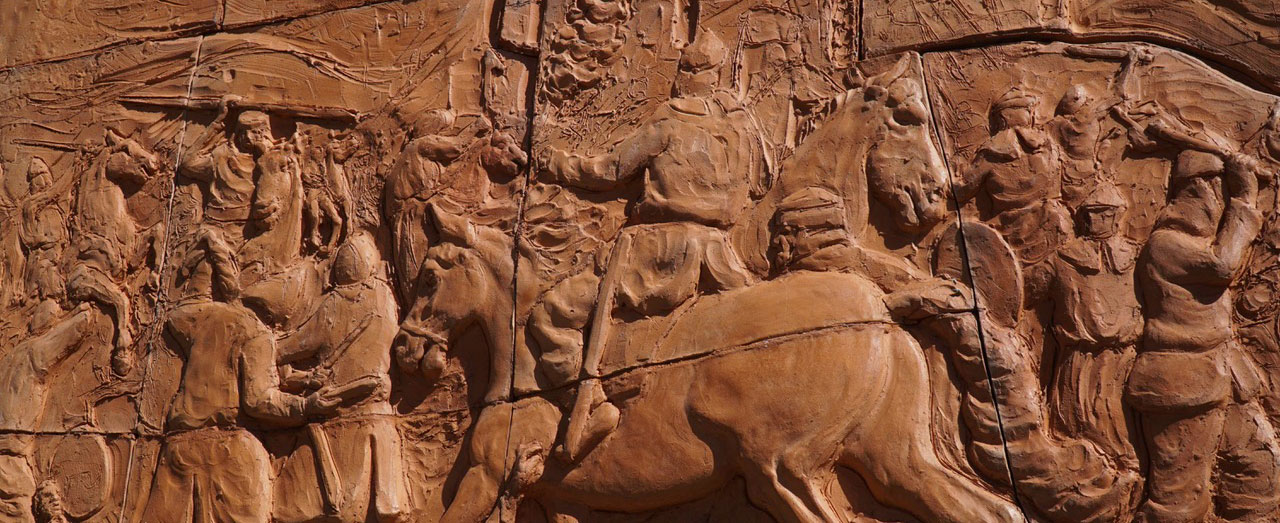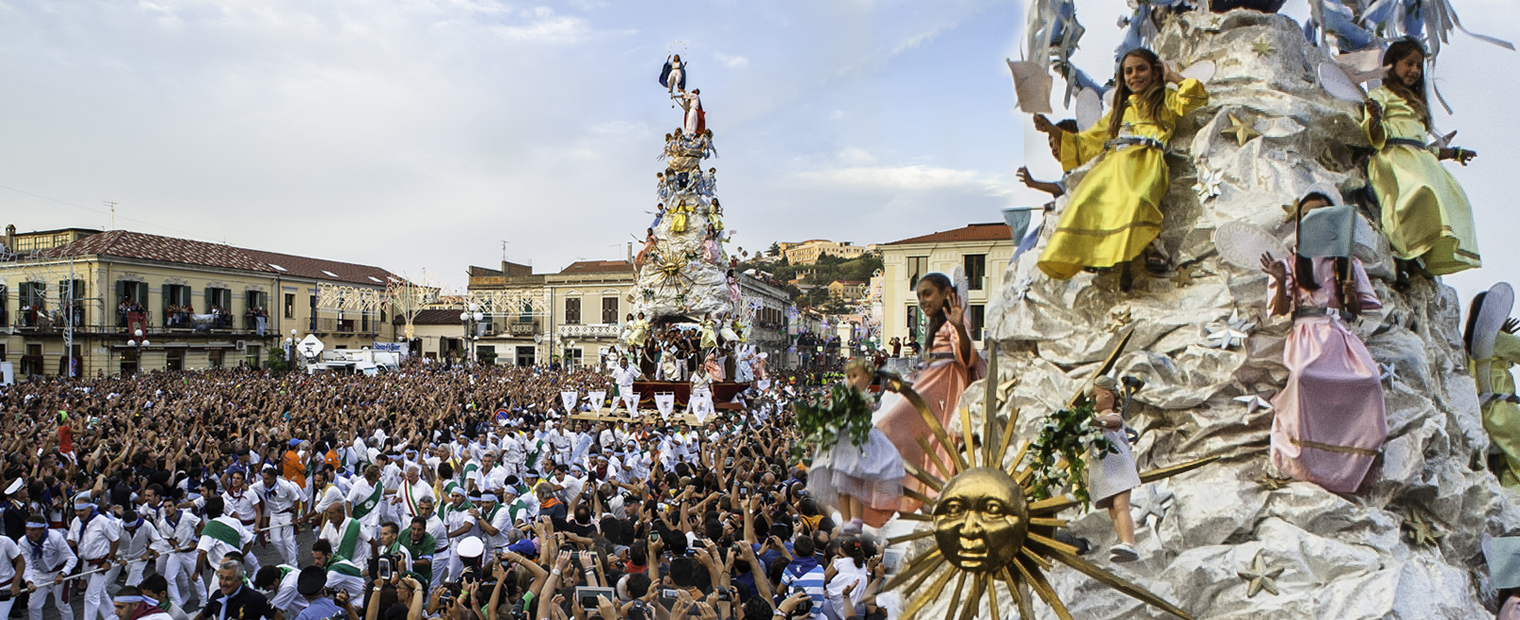The events falls every second Saturday in September, during four consecutive days of celebrations and civil celebrations that culminate with the grand finale on Tuesday evening, when the entire Strait is lit by fireworks, set up on the waters off the Falcomatà promenade.
The sacred effigy of the Madonna, placed on a heavy vara, is carried in the procession from the hill of the Hermitage to the Cathedral by the famous “porters”, who carry the painting on their shoulders following a city path that winds between wings of crowds in prayer and jubilation.
Although St. George is the patron saint of the city, Our Lady of Consolation is recognized by the entire community of Reggio as the true patroness to whom to appeal, ask for thanks, and offer favours; this is why the mother of Jesus is appealed to by the faithful of “our advocate.”
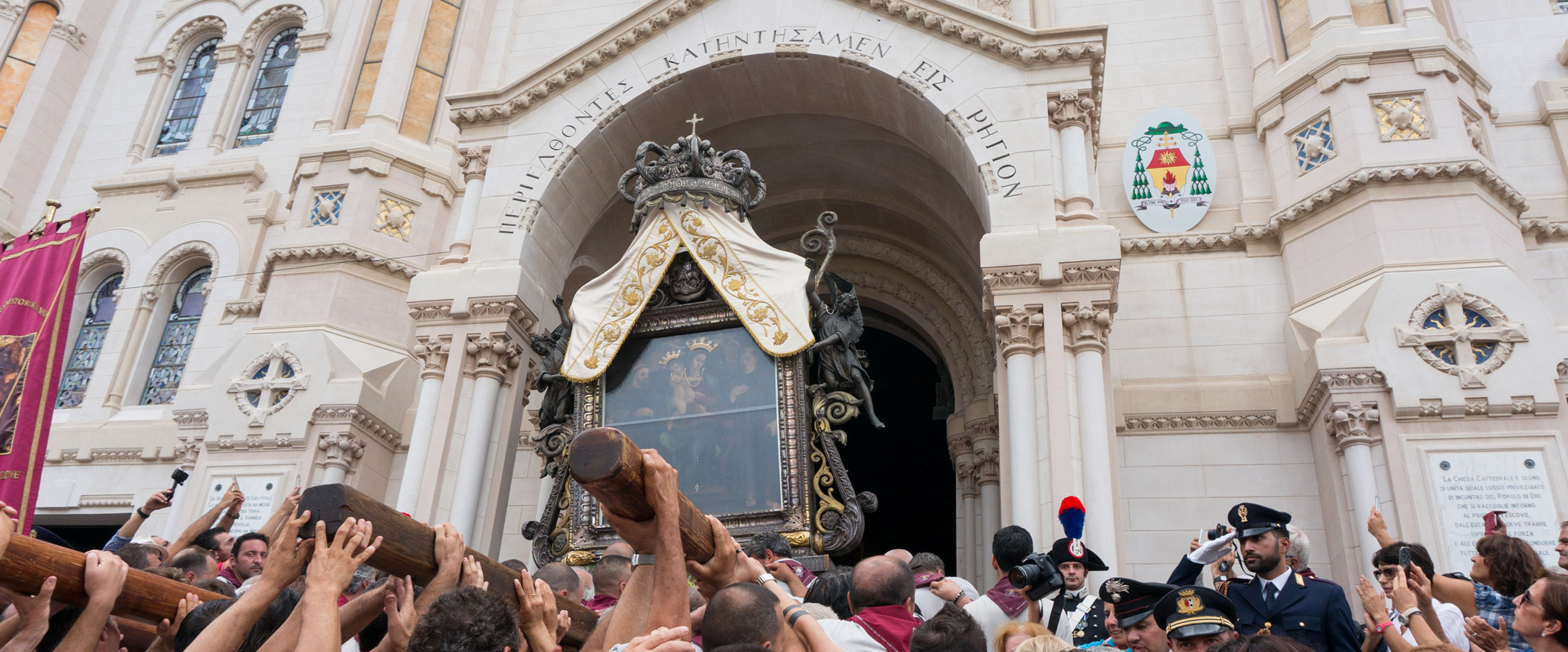
The carriers of the Vara and the “volata” (“flight”)
Tuesday’s events are the true heart of the festival, when the painting of the Madonna della Consolazione, created by the Reggio painter Nicolò Andrea Capriolo in 1547, is brought in during a procession.
This painting is transported to the historic centre by the “carriers of the Vara”, on a large shoulder-borne processional structure of notable size: it is 5 metres high and weighs 1.2 tonnes. The carriers, who are followed by the worshippers walk about 3.5 km, starting from the Basilica dell’Eremo, in the upper part of Reggio, all the way to the Duomo, crossing Corso Garibaldi, the city’s main street. The most evocative moment is “the sprint”: during the last part of the procession, beginning from Piazza Duomo, the carriers run while carrying the weight of the Vara.
DID YOU KNOW THAT …?
The first procession that celebrated the Feast of the Madonna della Consolazione dates back to 1636.
The painting by Andrea Capriolo
Dating back to 1547, the painting is the work of the Reggio painter Nicolò Andrea Capriolo and depicts the Virgin seated on a throne while holding the infant baby Jesus, with Saint Francis holding the bible on the left and Saint Anthony of Padua with a lily on the right, as well as the book of theological science. Above them, two angels crown the Madonna.
Popular traditions and delicacies for the palate
In addition to the religious aspects, the food traditions underline the explosions of joy and popular traditions that characterise the life of the city during the festival. Not only are the classic craft stalls and huge amusement park set up by suggestively by the sea appealing: the catering booths allow you to taste various typical dishes belonging to the Reggio cuisine. These include “u paninu ca satizza” (also called “paninu cu satizzu”), a sandwich stuffed with pork sausage, peppers, or fried potatoes and onion, and other delicious variations and the “frittole,” a popular dish that is must on the tables of the Reggio people, which have also been tasted for some decades in their street food version with samples of slow cooked pork in the typical “caddara”, a large pot. The entire historic centre becomes pedestrian and the Duomo is also open at night to welcome the faithful, who come from Calabria and Sicily, in prayer vigil. In the squares and along the streets during the Marian evenings, it is possible to watch and get involved in the rhapsodic dance of the traditional tarantella, a dance that has its roots in Maga Graecia, similar to those dances performed by Dionysian cults.
